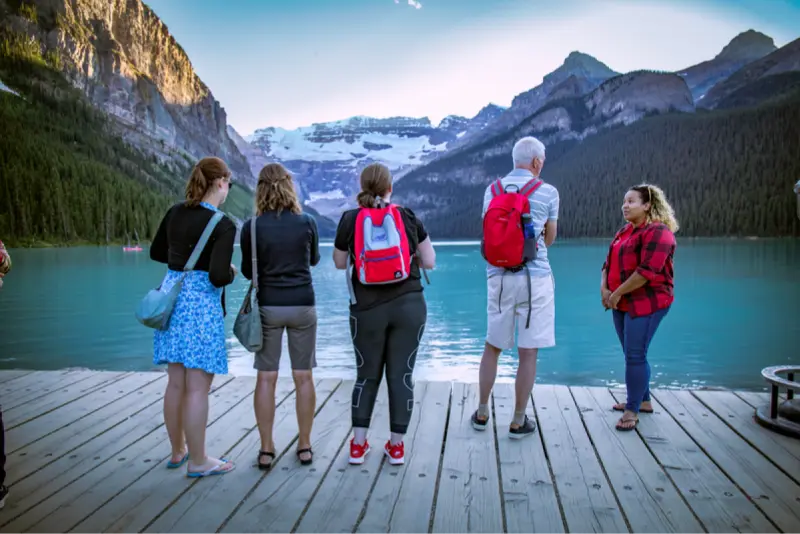
Discovering Indigenous Culture in Canada
Canada’s Indigenous cultures are a vital part of the country’s identity, with traditions that have thrived for thousands of years. From coast to coast, the First Nations, Inuit, and Métis peoples offer a wealth of history, art, and traditions that provide a deeper understanding of Canada’s roots. Visiting Indigenous sites and participating in cultural experiences can be a transformative way to connect with this heritage while supporting local communities.
Indigenous culture in Canada is incredibly diverse, reflecting the unique traditions of over 600 distinct First Nations communities, as well as the Inuit and Métis peoples. This diversity is evident in their languages, art, and storytelling. While some traditions share common elements, such as a deep respect for nature, others are specific to particular regions or groups. Learning about these distinctions is key to appreciating the richness of Indigenous heritage.
One of the best ways to experience Indigenous culture is by visiting cultural centers and museums dedicated to preserving and sharing these traditions. For example, the Haida Heritage Centre in British Columbia celebrates the artistry and history of the Haida Nation, while the Canadian Museum of History in Gatineau, Quebec, features exhibits on Indigenous peoples’ contributions to the country. These spaces provide a respectful environment to learn about everything from ancient tools to contemporary art.
Beyond museums, many Indigenous communities offer immersive cultural experiences that allow visitors to engage directly with their traditions. In Manitoba, you can take part in a powwow, a vibrant gathering featuring traditional dance, music, and regalia. In the Northwest Territories, visitors can learn about Inuit culture by participating in activities such as igloo building or Arctic storytelling under the Northern Lights. These experiences not only educate but also foster a deeper appreciation for the resilience and creativity of Indigenous peoples.
Indigenous art is another powerful way to connect with this culture. From intricate beadwork to totem poles and paintings, Indigenous artists often draw on ancestral knowledge while incorporating modern themes. Galleries across Canada, such as Vancouver’s Bill Reid Gallery of Northwest Coast Art, showcase these works. Supporting Indigenous artists by purchasing their creations is a meaningful way to celebrate their contributions.
Finally, it’s important to approach Indigenous tourism with respect and mindfulness. Visitors should seek out authentic experiences led by Indigenous people themselves, ensuring that their presence benefits local communities. Organizations such as Indigenous Tourism Canada provide resources for finding ethical and meaningful travel opportunities. Respecting local customs and learning a few words of the community’s language can also enhance your visit.
Exploring Indigenous culture in Canada is a journey of discovery and understanding. By engaging with these traditions, visitors gain not only an appreciation for the country’s history but also a deeper connection to the land and its people. This cultural exchange enriches both travelers and the communities they visit, creating lasting memories and fostering mutual respect.
Send message